5 Essential Facts About PSU Computers That You Need to Know
In the ever-evolving landscape of digital technology, understanding the intricacies of PSU computers is vital for both seasoned tech enthusiasts and newcomers alike. A Power Supply Unit (PSU) plays an essential role in the functionality and longevity of a computer system, yet it often remains an overlooked component. Recognizing the importance of selecting the right PSU can significantly impact your computer's performance, stability, and efficiency. This article delves into five essential facts about PSU computers that you need to know, covering aspects from wattage requirements and efficiency ratings to the impact of subpar power supplies on overall system health. Whether you are building a new rig, upgrading your components, or simply looking to enhance your understanding of computer hardware, these insights will equip you with the knowledge necessary to make informed decisions regarding your PSU computer setup.
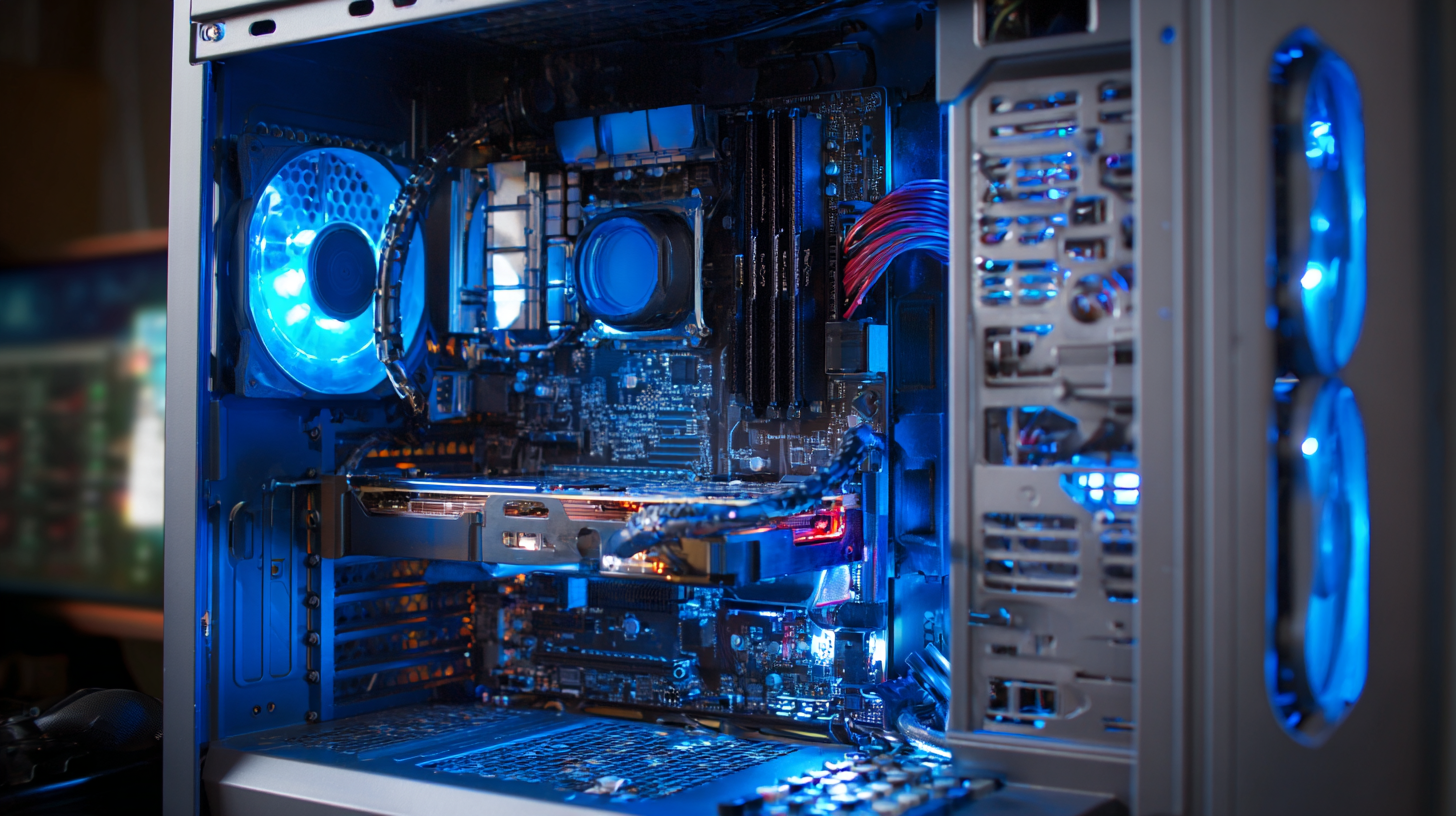
Understanding the Role of PSUs in Computer Performance and Stability
The power supply unit (PSU) plays a crucial role in the performance and stability of a computer system. It is responsible for converting electrical energy from an outlet into usable power for the various components of the computer. A high-quality PSU ensures that each part, from the motherboard and CPU to the graphics card and storage drives, receives the appropriate voltage and current, thus preventing crashes and performance drops. Without a reliable PSU, even the most advanced hardware can face significant issues, leading to system instability and potential hardware damage.
Recent advancements in technology, as highlighted in industry news, underscore the continuous need for innovation and reliability in computing. For example, the surge in demand for AI data centers illustrates how critical stable power is for high-performance computing environments. These centers require advanced PSUs to handle the intense workloads associated with AI applications, ensuring efficient power delivery and system reliability. A well-engineered PSU not only supports traditional computing tasks but also adapts to the increasing power demands of cutting-edge technology, ultimately contributing to the overall integrity of computer performance.
Key Specifications to Consider When Choosing a PSU for Your Build
When choosing a power supply unit (PSU) for your computer build, there are several key specifications to consider to ensure optimal performance and compatibility. One of the foremost aspects is the PSU form factor. Common form factors include ATX, Micro ATX, and SFX, and selecting the right one is crucial for fitting the PSU into your case. The physical dimensions must correspond with those of your build to avoid installation issues and ensure proper airflow.
Another essential specification is power output, often measured in watts. It is vital to calculate the total wattage your system will require, taking into account all components including the CPU, GPU, and other peripherals. A PSU with adequate wattage not only supports system stability but also allows room for future upgrades. Lastly, looking for efficiency ratings, such as 80 PLUS certification, can help in selecting a PSU that minimizes energy waste, thus enhancing overall system longevity and performance while lowering electricity costs.
Common PSU Types: Which One Is Right for Your Computer?
When choosing the right power supply unit (PSU) for your computer, understanding the common types available is crucial for ensuring optimal performance and reliability. The most popular PSU types include ATX, SFX, and TFX. According to a recent industry report by TechRadar, ATX power supplies account for over 80% of the market due to their versatility and compatibility with a wide range of motherboards and components. These units typically range from 300 to 1600 watts, allowing users to select the right wattage based on their system's requirements.
In contrast, SFX power supplies are designed for small form-factor PCs, making them ideal for compact builds. As highlighted in a survey by Tom's Hardware, the demand for SFX power supplies has increased by 30% annually as more gamers and professionals opt for space-saving designs. TFX power supplies, while less common, are also used in slim desktop systems. Each type has its own advantages and power outputs, so it’s essential to match the PSU to your computer's specifications to ensure stable performance and longevity.
Power Supply Unit (PSU) Efficiency Ratings
This chart illustrates the efficiency ratings of various types of power supply units (PSUs) commonly found in computers. Higher efficiency ratings indicate less energy waste and better performance, making it an essential factor to consider when selecting a PSU.
Importance of Efficiency Ratings in Selecting a PSU
 When selecting a power supply unit (PSU) for your computer, understanding efficiency ratings is crucial. Efficiency ratings such as the 80 Plus certification provide insights into how well a PSU converts AC power from the wall into usable DC power for your components. A higher efficiency rating indicates less power waste, resulting in lower electricity bills and heat production. For example, power supplies with an 80 Plus Bronze rating can deliver up to 85% efficiency at a 50% load, balancing performance and cost-effectiveness.
When selecting a power supply unit (PSU) for your computer, understanding efficiency ratings is crucial. Efficiency ratings such as the 80 Plus certification provide insights into how well a PSU converts AC power from the wall into usable DC power for your components. A higher efficiency rating indicates less power waste, resulting in lower electricity bills and heat production. For example, power supplies with an 80 Plus Bronze rating can deliver up to 85% efficiency at a 50% load, balancing performance and cost-effectiveness.
As gaming technology advances, the importance of efficiency ratings becomes even more pronounced. Modern graphics cards, like the RTX 5080, require a substantial amount of power, consuming 40W more than their predecessors. Therefore, pairing such components with a highly efficient PSU is essential for maintaining overall system stability and performance. Findings indicate that investing in a PSU with high efficiency can significantly extend the lifespan of other components, thus offering better long-term value. In 2025, options vary from affordable PSUs to high-efficiency models, accommodating different gaming setups and budgets.
Tips for Proper PSU Installation and Maintenance to Ensure Longevity
When it comes to the longevity and efficiency of PSU (Power Supply Unit) computers, proper installation and maintenance are essential. Research from the tech industry indicates that up to 40% of hardware failures in PCs can be attributed to power supply issues. Therefore, understanding best practices for PSU installation is crucial. Ensure that the PSU is fitted securely in the case, with the fans oriented correctly for optimal airflow. It is also important to use high-quality cables and connectors to prevent any power loss or damage to the components.
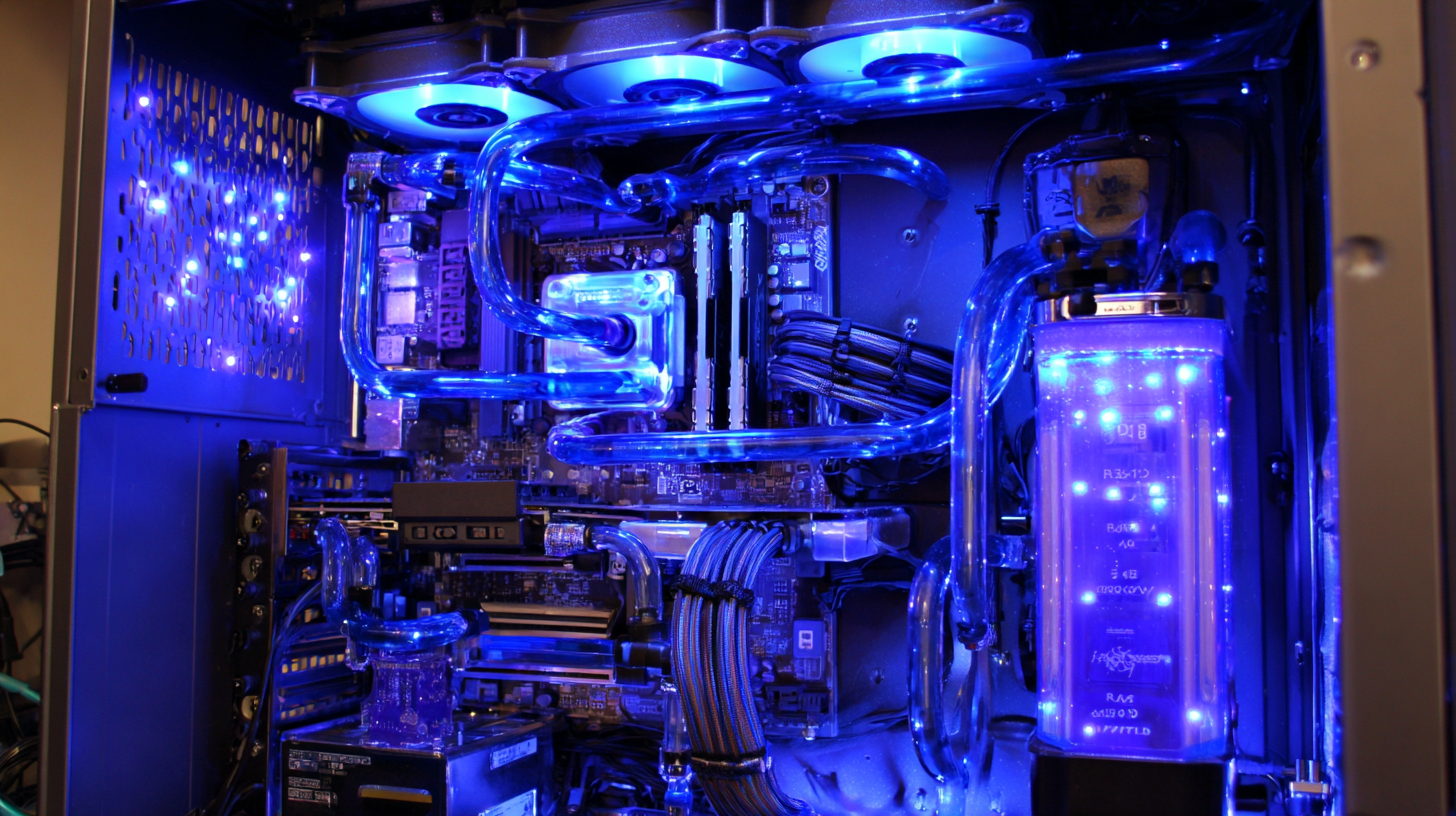
In addition to installation, regular maintenance can ensure the PSU's long life. Dust accumulation is one of the primary culprits of overheating, which can lead to premature failure. Experts recommend cleaning the PSU and the surrounding area at least once every six months. Moreover, monitoring the voltage output can help in identifying potential issues before they become critical. According to industry standards, a PSU should maintain an efficiency rating of at least 80%, as failures often occur when operating at lower efficiencies. By following these guidelines, you can foster a reliable computing environment that maximizes both performance and lifespan.
Related Posts
-

How to Optimize Your High Voltage DC Power Supply for Maximum Efficiency
-
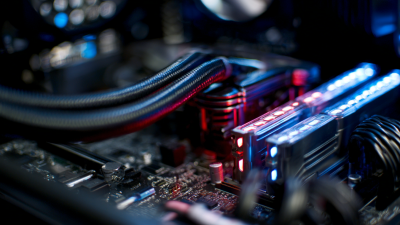
How to Choose the Right PSU for Your Computer to Maximize Performance and Efficiency
-
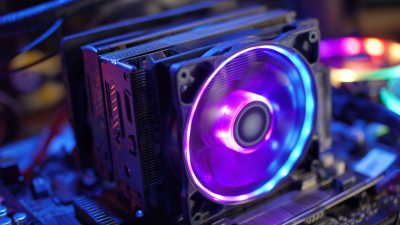
How to Choose the Right PC Power Supply for Your Gaming Setup
-
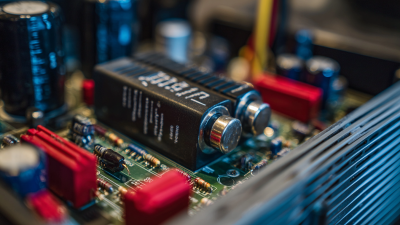
10 Best DC to DC Converters You Should Consider For Your Next Project
-

5 Essential Tips to Optimize Your UPS Electrical Systems for Maximum Efficiency
-
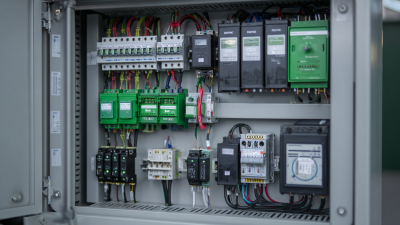
10 Digital Best Practices for Enhancing Your Buck Converter Efficiency
At Premium PSU, we are specialists in designing and manufacturing power conversion systems for the industrial market. Our product range includes high reliability power supplies from 50W to 72kW.
PREMIUM PSU
C/ Dolors Aleu, 19-21, 2nd Floor
08908 – Hospitalet de Llobregat
Barcelona-SPAIN
t.+34 93 223 26 85


